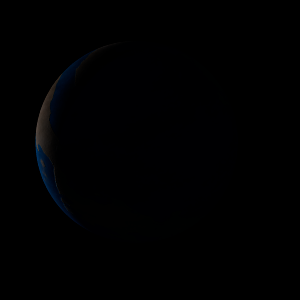|
|
Space Astro
|
Info for exoplanet "Enggyong-nyong"
| Scientific (actual) data |
|---|
| Name | GJ 2056 b |
| Planet status | Confirmed |
| Mass sini | 0.051 |
| Orbital period | 69.971 |
| Semi major axis | 0.283 |
| Orbit eccentricity | 0.72 |
| Discovered | 2020 |
| Updated | 2020-08-19 |
| Omega | 58 |
| Tperi | 2452970 |
| K | 5.23 |
| Publication | Published in a refereed paper |
| Detection type | Radial Velocity |
| Mass measurement type | Radial Velocity |
| Star name | GJ 2056 |
| Right ascension | 108.02° |
| Declination | -24.89° |
| Mag v | 10.4 |
| Star distance | 28.443 |
| Star mass | 0.62 |
| Star radius | 0.7497 |
| Star sp type | M0V |
| Star temperature | 4002 |
| Star alternate names | HIP 34785, TYC 6528-00972-1 |
| Wikipedia article | GJ 2056 b |
Back
| |
| Fictional info (?) |
|---|
| Suggested name | Enggyong-nyong |
| Planet type | Cold planet |
| Having almost no atmosphere to retain heat, it has surface temperatures that vary diurnally more than on any other planet in its solar system, ranging from 150°K (-123°C) at night to 350°K (77°C) during the day across the equatorial regions.
Wind speeds can reach 81 metres per second. |
| Atmosphere | Methane | 86% |
| Hydrogen peroxide | 13% |
| Hydrogen | 0.59% |
| Ammonium hydrosulfide (NH4SH) | 0.093% |
| Sulfur dioxide | 0.014% |
| Nitrogen | 0.0022% |
| Hydrogen chloride | 0.0019% |
| Atmospheric pressure | 0.0013 bar |
 |
| No known satellites |
| Google search for Enggyong-nyong |
|
Website by Joachim Michaelis
|
|
|
|